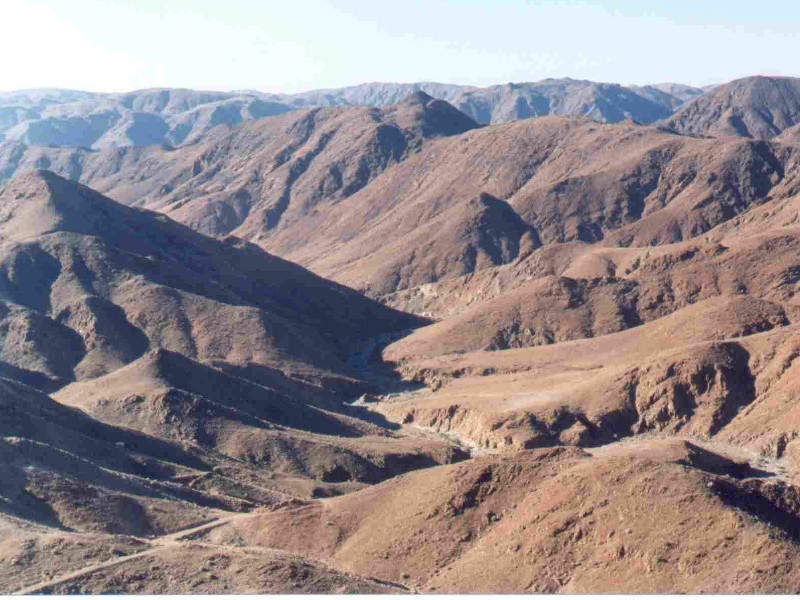Haib copper-molybdenum mine is a large porphyry deposit located at the southern end of Namibia and close to the South African border.
The mine is owned by Haib Minerals, which is owned by mineral exploration company Deep-South Resources. Teck Resources owns 35% interest in Deep-South Resources.
Deep-South is carrying out a pre-feasibility study for the mine to analyse the technical and economic viability of the project. The expected mine life is 55 years when mined at the rate of 8.5 million tonnes per annum (Mtpa).
Location of Haib copper-molybdenum mine
The Haib copper-molybdenum mine lies in the Karas region of southern Namibia, in the exclusive prospecting licence 3140 (EPL 3140).
Geology and mineralisation of Haib mine
The Haib deposit is the oldest porphyry deposit in the world, which hosts easily identifiable porphyry veins and alteration. It is part of the Richtersveld geological sub-province located within the Namaqua-Natal Province in the northern corner of South Africa.
The Richtersveld geological sub-province is further graded into a volcano sedimentary sequence, the Orange river group and the Vioolsdrift suite. The Orange River Group includes volcanic rocks and tuffs, while the Haib subgroup hosts quartz feldspar porphyry (QFP) and feldspar porphyry (FP) granites.
Mineral reserves in the Haib mine
The measured and indicated resources of the mine are estimated to be 456.9 million tonnes (Mt) grading 0.31% copper. The inferred resources are estimated to be 342.4Mt grading 0.29% copper.
Mining and ore processing at Haib
Open-pit method of mining including drill and blast activities is proposed to be used at Haib. A mining fleet comprising 80t-120t sized hydraulic excavators and 65t-90t capacity highway dump trucks are proposed be used.
“The Haib deposit is the oldest porphyry deposit in the world.”
The ore will be processed using a bio-assisted heap leach method, which includes a three-stage crushing process to reduce to a size of 6mm or less and then placed on a leach pad. Bacteria mixed with sulphuric acid will be added to the leach pad to facilitate faster oxidation of the ore.
The oxidised ore will produce copper loaded extractants, which will be stripped to produce copper sulphate solution. Electrowining will be used to separate copper from the copper sulphate solution.
The mine is expected to produce London Metal Exchange (LME) copper, copper sulphate with 25% copper premium, copper concentrate with 33% high-grade copper, and molybdenum trioxide in powder form.
Infrastructure and facilities
The Haib property is easily accessible through the interstate highway between Cape Town and Windhoek. The existing 12km-long access road to the site will be upgraded.
Water required for the mining operations will be sourced from the Orange River through a 15km pipeline. An 85km link to the national power grid will be developed to deliver electricity to the deposit.
Contractors involved
Obsidian Consulting Services, an independent consulting company, was contracted to compile the resource estimates of the mine, while P & E Walker Consultancy prepared the mineral reserve estimate.
METS Engineering, an Australian engineering consulting firm, was contracted to determine the mining process cost.
Mintek and SGS South Africa were contracted to carry out sighter amenability testwork.




